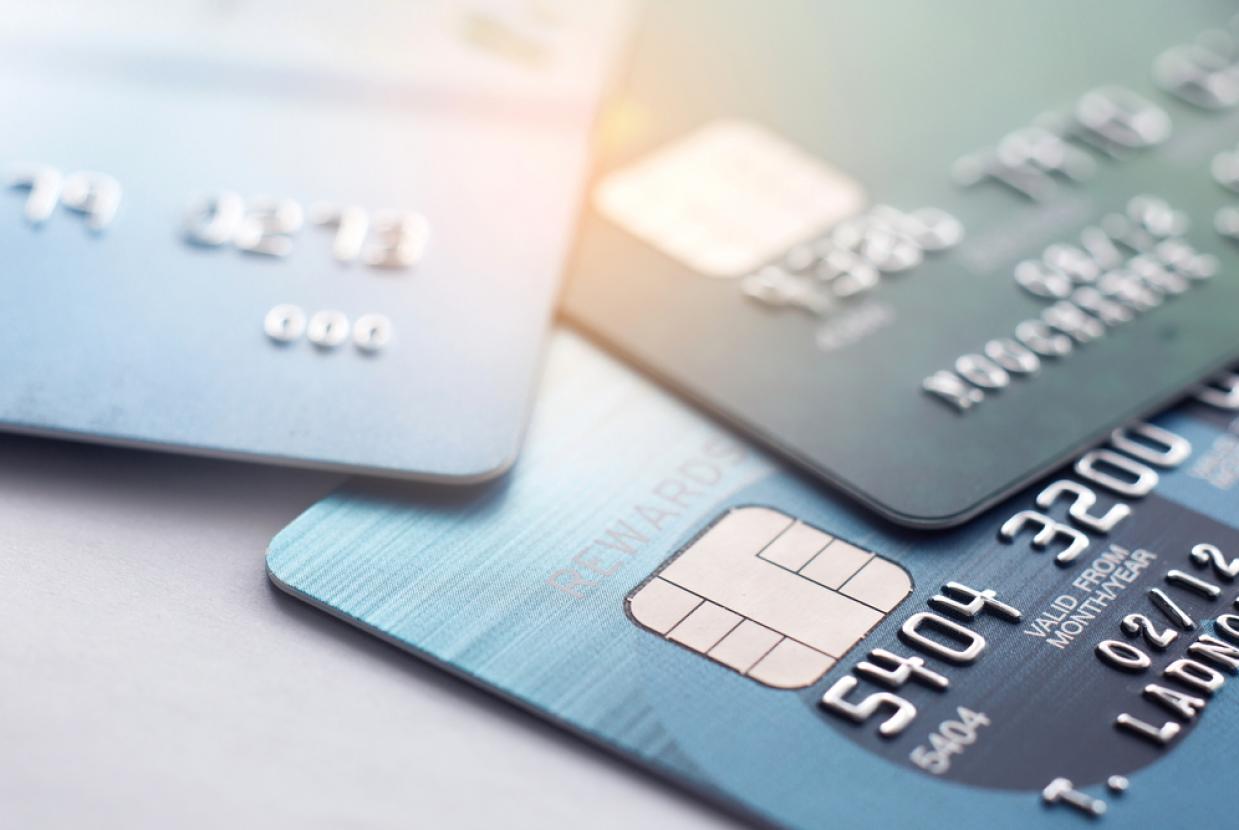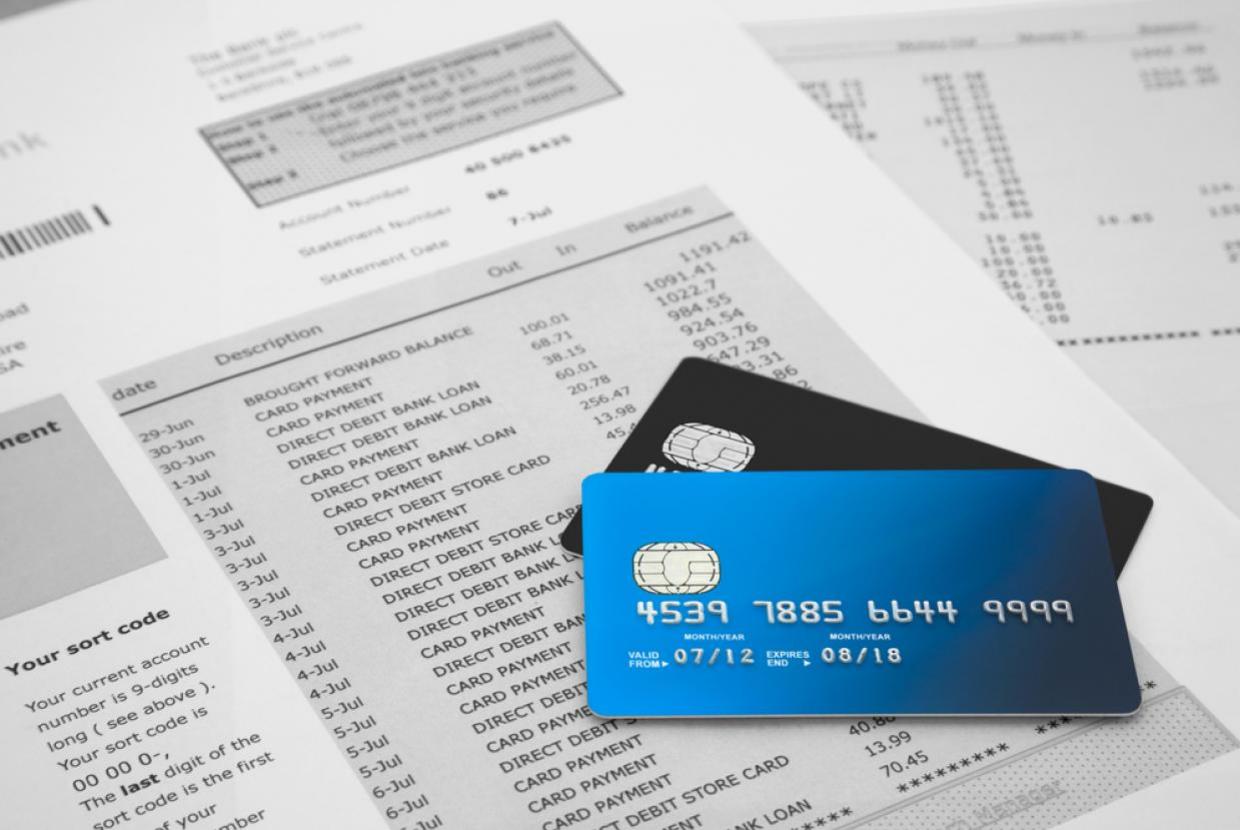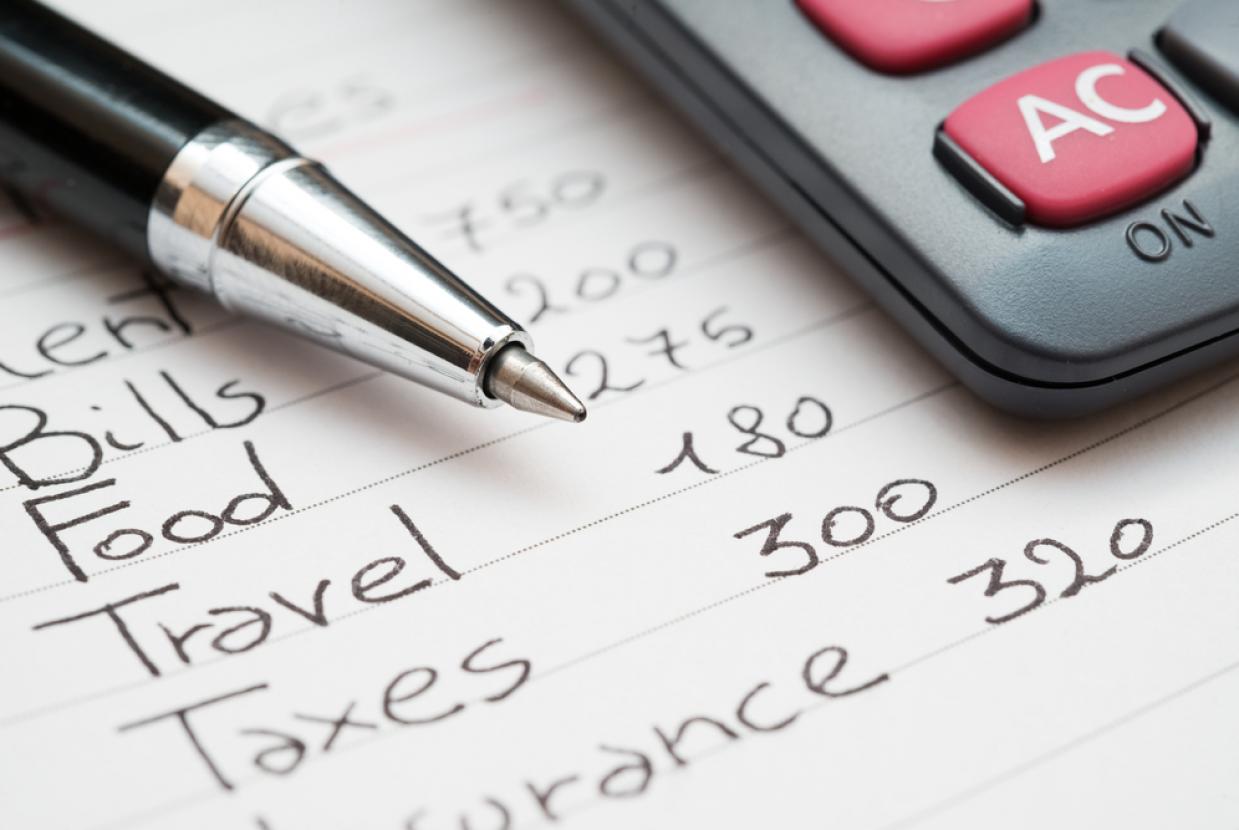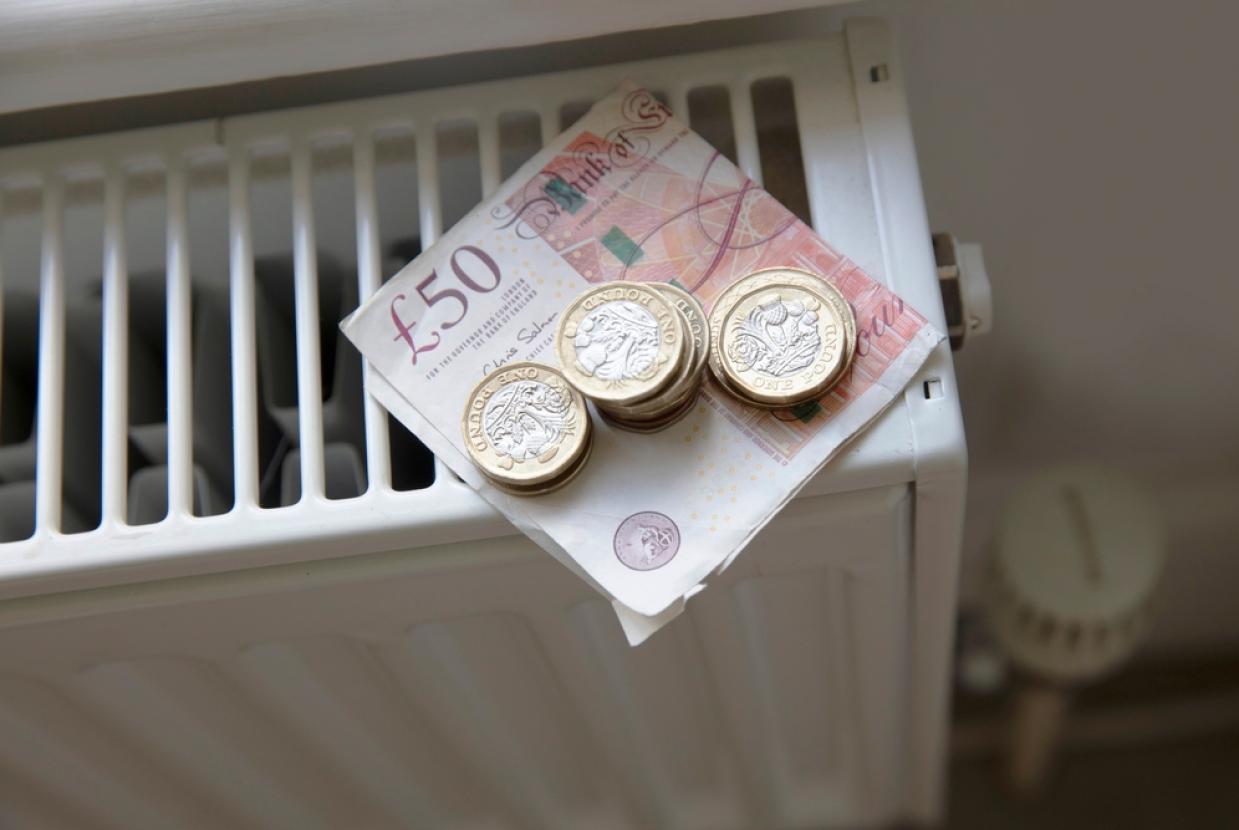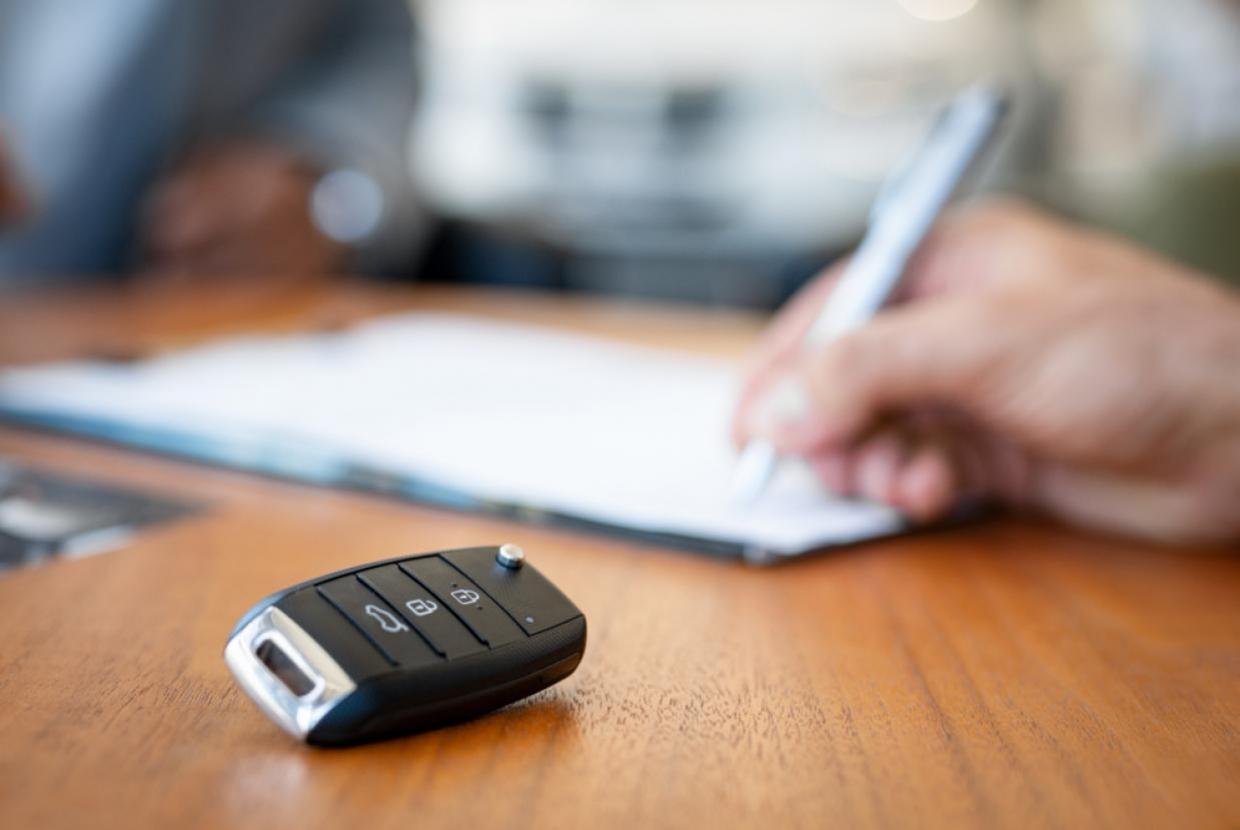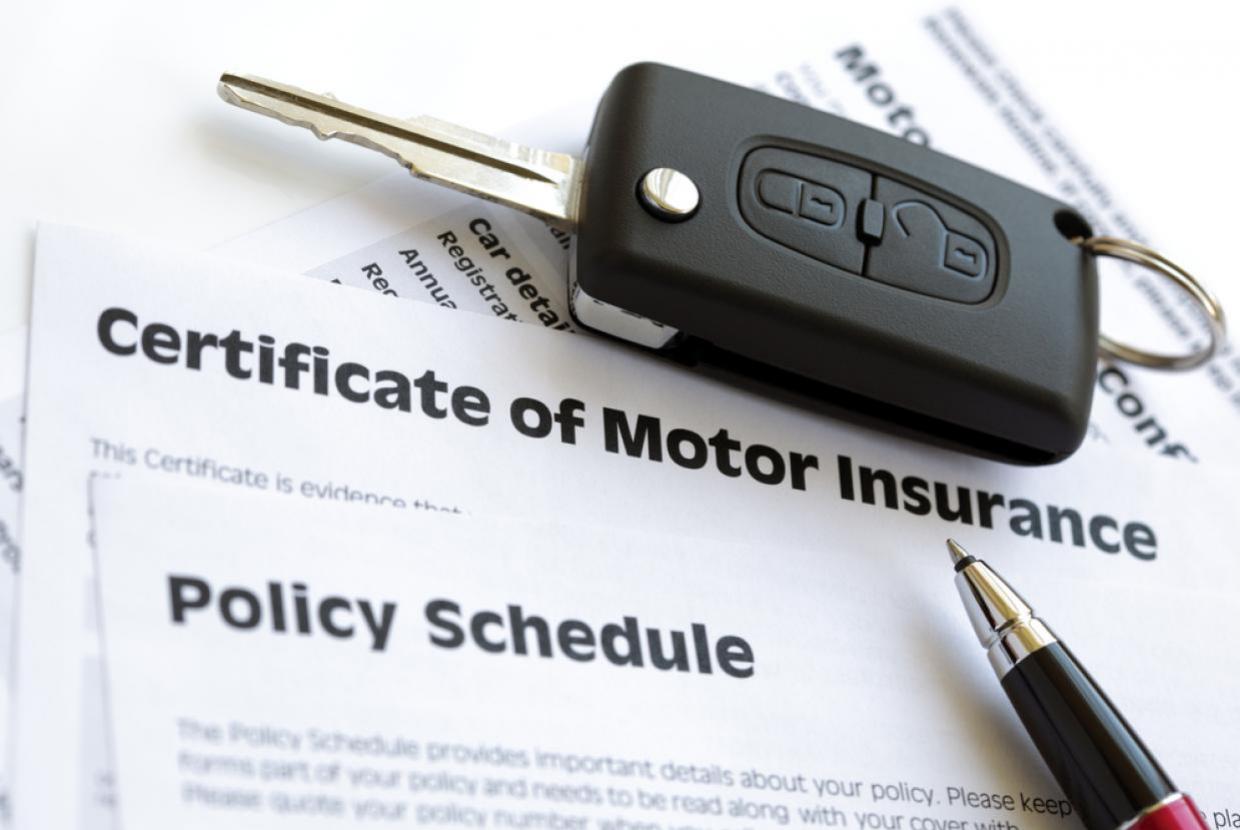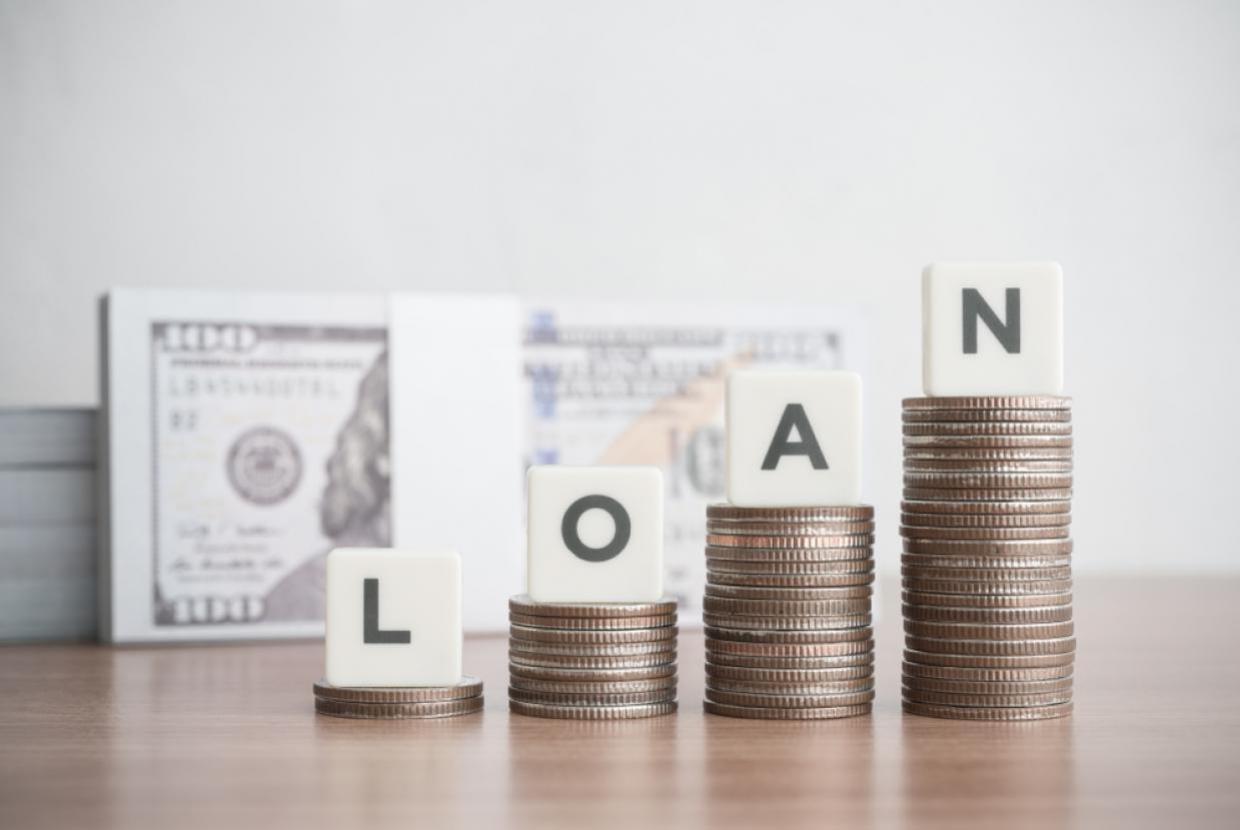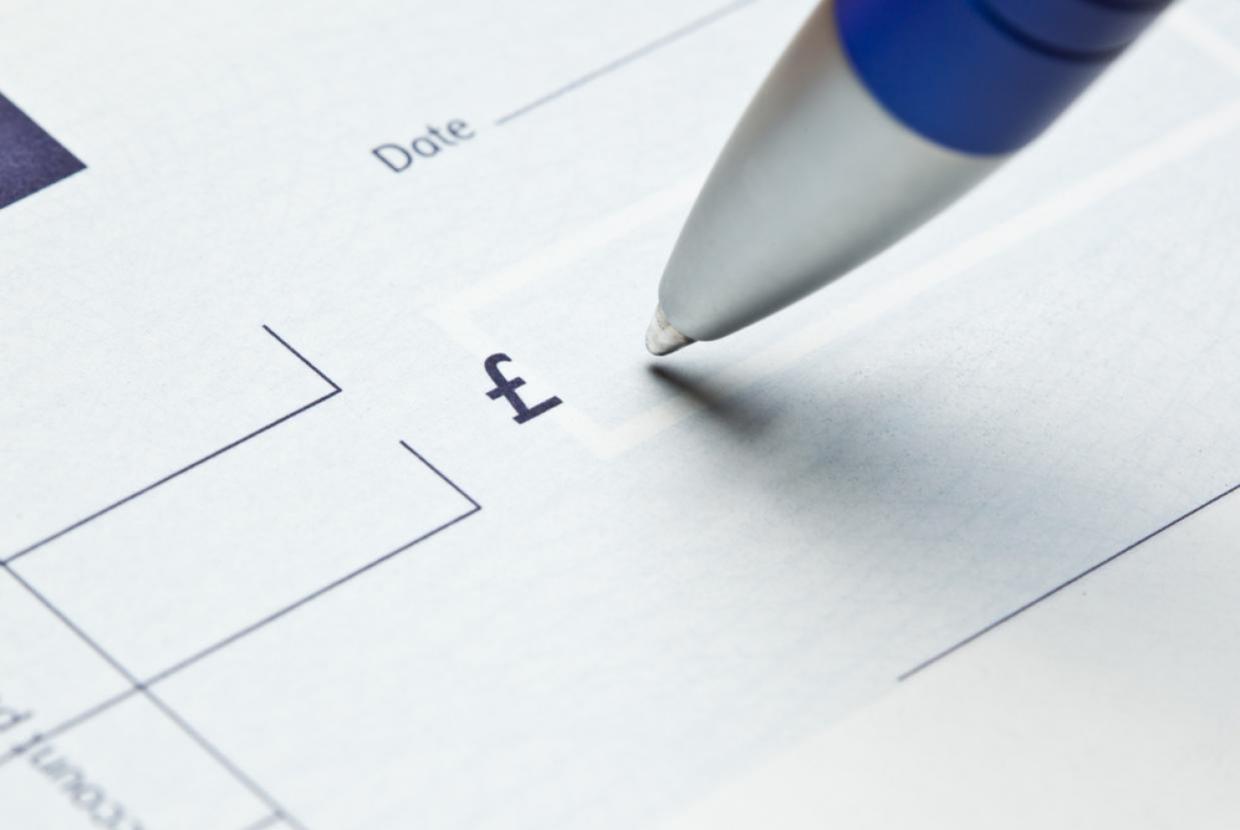Car insurance - 10 ways to lower your risk and keep costs down
Managing Your Money / Consumer Rights & Advice / Cost of Living HelpCar insurance gives you financial protection in the event of an accident. At the very least, it will cover any damage or injury you might cause to others, but you can choose insurance with more coverage.
Make your car more secureMaking it as hard as possible for someone to steal your car reduces the risk and, in the process, is likely to reduce the insurance cost too. You can make your car secure by:
- fitting an approved alarm or immobiliser
- parking in a locked garage overnight
- using Thatcham-approved security devices.
- installing an approved tracker.
Every car is allocated to a particular insurance grouping. This is based on factors such as cost, how long it takes to repair, performance and safety and security features. The lower the group it’s in, the lower the premiums.
To check the insurance group of your carOpens in a new window use ParkersBe accurate with your mileageThe lower your annual mileage, the lower your premium might be. But this isn’t always the case. So don’t underestimate your mileage, as your insurer might choose to give you a lower payout when you claim if they find out you’re driving a lot more than you told them.
Drive safelySome insurers will give you a discount if you have taken a Pass Plus or advanced driving course.
Find out more about Pass PlusOpens in a new window on GOV.UKIf you’re a careful driver, you might benefit from getting a policy that uses telematics – ‘black box’ technology – to assess the quality of your driving. Be aware that any insurance claims or points on your licence will increase your premium.
Add a second driverAdding a second, low-risk driver can reduce the premium – even if they don’t use the vehicle much. While adding a newly qualified young driver will increase the premium. But don’t risk invalidating your claims by telling your insurer someone else is the main driver if they aren’t.
Pay for your car insurance annuallyInsurers will sometimes charge interest if you pay by monthly instalments. If you can afford to pay upfront, you’ll save money over the year. It’s usually cheapest to buy your insurance 3-4 weeks before your policy starts. Set a calendar reminder to start looking then. If you don’t need insurance for a full year, you could try pay as you go insurance, but it can work out more expensive in the long run.
Don’t pay for what you don’t needCheck what cover you have under other financial products. For example, some current account packages include car breakdown cover. Sometimes your insurer or broker might try to sell you add-ons, such as legal expenses cover. You might be able to get these products more cheaply elsewhere, or you might not need them at all. On the other hand, if you don’t have enough coverage, it could cost you more if you need to make a claim.
Considering buying breakdown cover separatelyIf breakdown cover is included in your car insurance, check the price and the level of cover. You might find better cover for the same price or less elsewhere.
Protect or increase your no-claims bonusYou earn a no-claims bonus for each year you drive without making a claim on your insurance.
If you’re only a named driver and not the policy holder, you usually won’t build up a no-claims bonus.
If you haven’t claimed for five years or more, it might be worth paying an extra premium to protect your no-claims bonus.
Consider adding a voluntary excess to your car insuranceBy adding a voluntary excess to your compulsory excess, you can lower your premium.
Be aware that you’ll get less back if you make a claim – after both voluntary and compulsory excesses have been deducted. Insurers often ask you to pay your excess up front when you make a fault claim, so you need to be able to afford it.
Find out more at Car insurance - what you need to know













